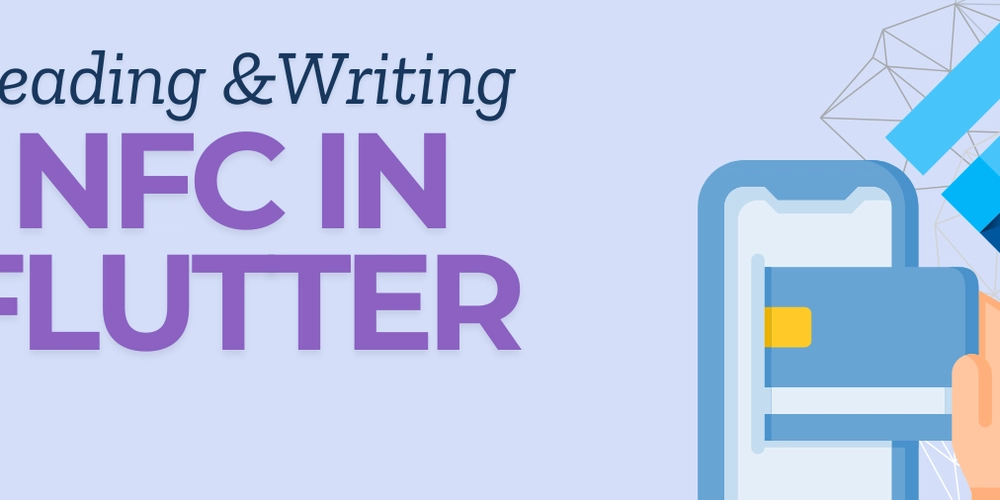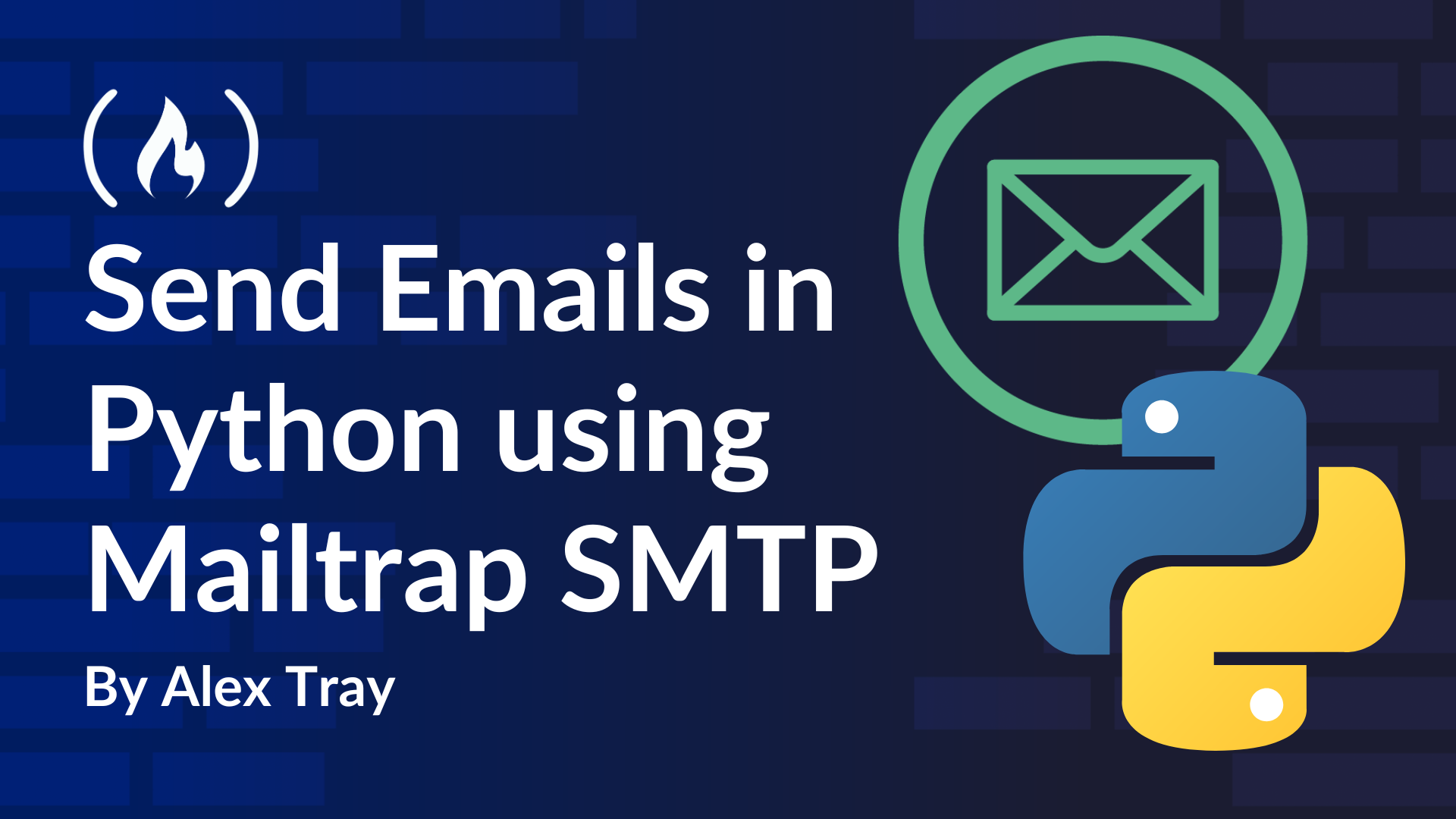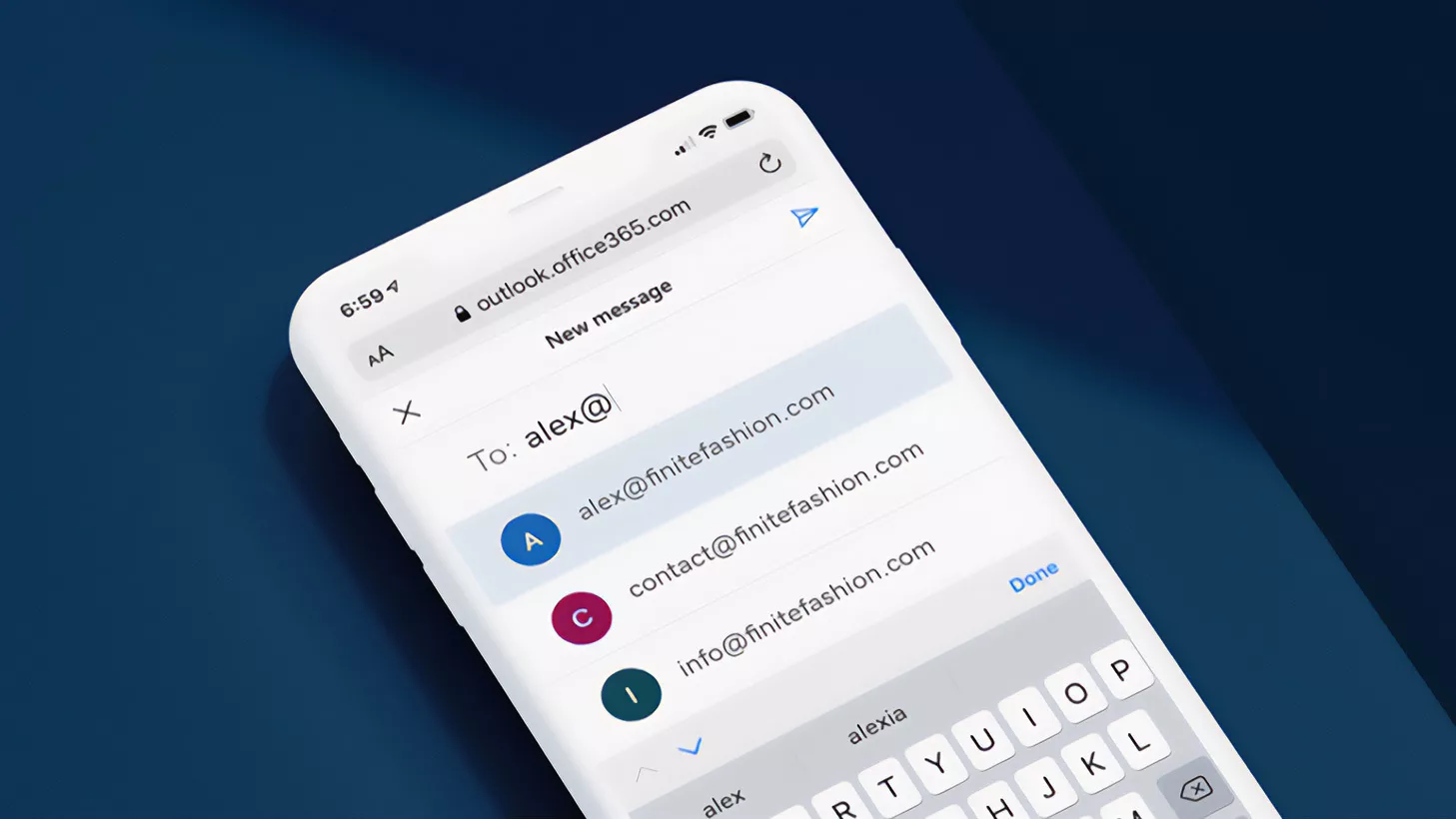Writing and Reading NFC in Flutter | Comprehensive Guide
Near Field Communication (NFC) technology has transformed the way devices interact, enabling seamless data exchange with just a tap. Whether you're building an access control system, contactless payment app, or smart inventory tracking, NFC integration in Flutter can open up new possibilities. In this guide, we'll cover everything from setting up NFC in Flutter to reading and writing NFC tags efficiently. What is NFC and Why Use It? NFC is a short-range wireless communication technology that allows devices to interact when they are within close proximity. Common applications of NFC include: Contactless payments (Google Pay, Apple Pay) Access control systems (keyless entry) Data sharing and pairing (Bluetooth, Wi-Fi) Smart advertising (interactive posters) Inventory and asset tracking (scanning tags for logistics) Flutter provides robust support for NFC through third-party packages, making implementation seamless. Setting Up NFC in Flutter Before diving into implementation, ensure you have the following prerequisites: A Flutter project set up A smartphone with NFC capabilities Dependencies for handling NFC in Flutter Installing Dependencies The most widely used Flutter package for NFC functionality is flutter_nfc_kit. Install it by running: flutter pub add flutter_nfc_kit Configuring Permissions For Android, update AndroidManifest.xml with the following permissions: For iOS, add the following key to Info.plist: NFCReaderUsageDescription We need NFC access to read and write tags. Reading NFC Tags in Flutter Once NFC is set up, you can start reading NFC tags. Use the following snippet to detect and read NFC tags: import 'package:flutter_nfc_kit/flutter_nfc_kit.dart'; Future readNFCTag() async { try { NFCTag tag = await FlutterNfcKit.poll(); print('NFC Tag Found: ${tag.id}'); } catch (e) { print('Error reading NFC tag: $e'); } } Call readNFCTag() when you want to scan an NFC tag. Writing Data to NFC Tags Writing to NFC tags is straightforward. Use the writeNDEFRecords method as shown below: import 'package:flutter_nfc_kit/flutter_nfc_kit.dart'; Future writeNFCTag(String message) async { try { NFCTag tag = await FlutterNfcKit.poll(); await FlutterNfcKit.writeNDEFRecords([NDEFRecord.text(message)]); print('Successfully wrote to NFC tag'); } catch (e) { print('Error writing to NFC tag: $e'); } } Handling NFC Events and Errors It’s crucial to handle errors and user interactions properly. Here are some common issues and solutions: NFC not supported – Check FlutterNfcKit.supported() before initializing NFC features. Tag polling timeout – Display a UI message instructing users to tap their device on the tag properly. Permission issues – Ensure the required permissions are added in AndroidManifest.xml and Info.plist. Use Cases for NFC in Flutter Apps Attendance tracking – Use NFC tags for employee check-in systems. Event ticketing – Store ticket information in NFC tags for quick verification. Smart business cards – Embed contact details in NFC tags for seamless sharing. IoT device pairing – Tap an NFC tag to instantly connect a device to a Wi-Fi network. Final Thoughts NFC technology in Flutter unlocks exciting opportunities for mobile app development. By following this guide, you can implement seamless NFC reading and writing in your apps, enhancing user experience and functionality. For more insights into mobile app development, check out our blog on NFC technology in Flutter!

Near Field Communication (NFC) technology has transformed the way devices interact, enabling seamless data exchange with just a tap. Whether you're building an access control system, contactless payment app, or smart inventory tracking, NFC integration in Flutter can open up new possibilities.
In this guide, we'll cover everything from setting up NFC in Flutter to reading and writing NFC tags efficiently.
What is NFC and Why Use It?
NFC is a short-range wireless communication technology that allows devices to interact when they are within close proximity. Common applications of NFC include:
- Contactless payments (Google Pay, Apple Pay)
- Access control systems (keyless entry)
- Data sharing and pairing (Bluetooth, Wi-Fi)
- Smart advertising (interactive posters)
- Inventory and asset tracking (scanning tags for logistics)
Flutter provides robust support for NFC through third-party packages, making implementation seamless.
Setting Up NFC in Flutter
Before diving into implementation, ensure you have the following prerequisites:
- A Flutter project set up
- A smartphone with NFC capabilities
- Dependencies for handling NFC in Flutter
Installing Dependencies
The most widely used Flutter package for NFC functionality is flutter_nfc_kit.
Install it by running:
flutter pub add flutter_nfc_kit
Configuring Permissions
For Android, update AndroidManifest.xml with the following permissions:
For iOS, add the following key to Info.plist:
NFCReaderUsageDescription
We need NFC access to read and write tags.
Reading NFC Tags in Flutter
Once NFC is set up, you can start reading NFC tags. Use the following snippet to detect and read NFC tags:
import 'package:flutter_nfc_kit/flutter_nfc_kit.dart';
Future readNFCTag() async {
try {
NFCTag tag = await FlutterNfcKit.poll();
print('NFC Tag Found: ${tag.id}');
} catch (e) {
print('Error reading NFC tag: $e');
}
}
Call readNFCTag() when you want to scan an NFC tag.
Writing Data to NFC Tags
Writing to NFC tags is straightforward. Use the writeNDEFRecords method as shown below:
import 'package:flutter_nfc_kit/flutter_nfc_kit.dart';
Future writeNFCTag(String message) async {
try {
NFCTag tag = await FlutterNfcKit.poll();
await FlutterNfcKit.writeNDEFRecords([NDEFRecord.text(message)]);
print('Successfully wrote to NFC tag');
} catch (e) {
print('Error writing to NFC tag: $e');
}
}
Handling NFC Events and Errors
It’s crucial to handle errors and user interactions properly. Here are some common issues and solutions:
- NFC not supported – Check FlutterNfcKit.supported() before initializing NFC features.
- Tag polling timeout – Display a UI message instructing users to tap their device on the tag properly.
- Permission issues – Ensure the required permissions are added in AndroidManifest.xml and Info.plist.
Use Cases for NFC in Flutter Apps
- Attendance tracking – Use NFC tags for employee check-in systems.
- Event ticketing – Store ticket information in NFC tags for quick verification.
- Smart business cards – Embed contact details in NFC tags for seamless sharing.
- IoT device pairing – Tap an NFC tag to instantly connect a device to a Wi-Fi network.
Final Thoughts
NFC technology in Flutter unlocks exciting opportunities for mobile app development. By following this guide, you can implement seamless NFC reading and writing in your apps, enhancing user experience and functionality.
For more insights into mobile app development, check out our blog on NFC technology in Flutter!










































































